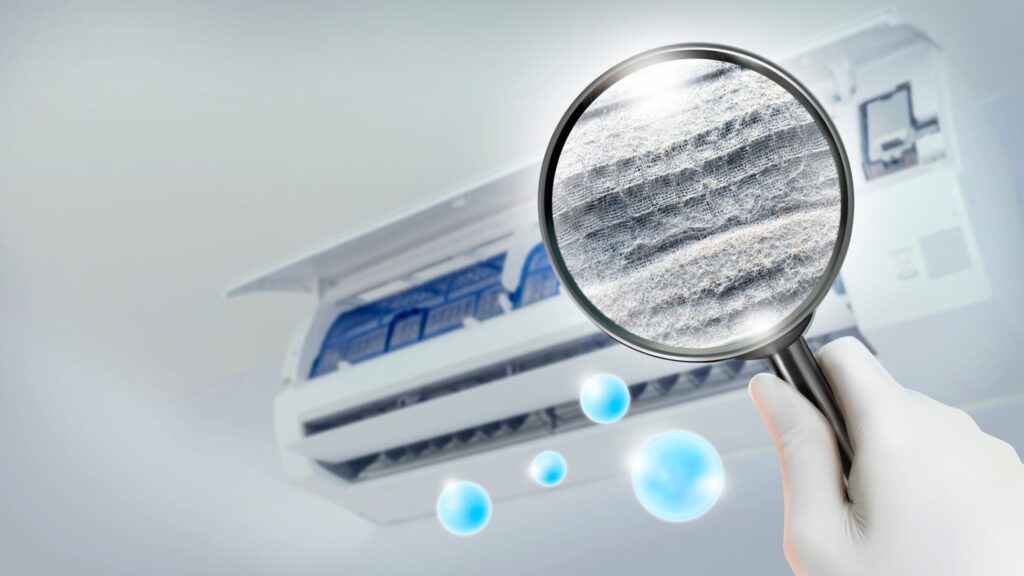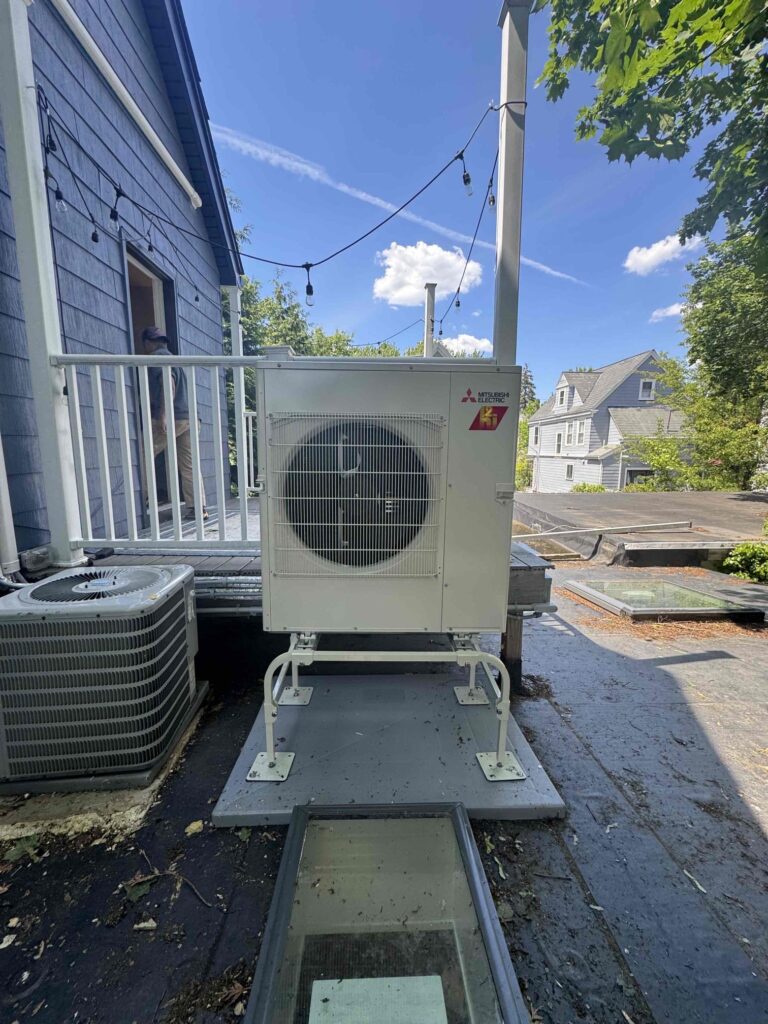Tips for Setting Your Heat Pump
Thermostat in New England!
Heat Pumps function differently than the traditional boilers or furnace HVAC options you may have had in the past.
Here’s a few hints and tips to keep your heat pumps working well to maximize your home’s comfort and energy savings!
Tip #1: Identify Your Comfort Number
Not all HVAC systems measure ambient air temperature the same.. don’t focus on the temperature number…
This may seem counterintuitive to the way a lot of us were brought up to experience our home HVAC system. You may possibly remember your parents fussing about “who turned the thermostat up?” during the colder months in an effort to save money. Heat pumps measure ambient air differently. The number you used to set on the thermostat for your furnace or oil boiler may not necessarily be the same number that you will set on the thermostat for your heat pump.
It’s very likely that you may find that your heat pump thermostat number might be a higher temperature than the setting you used with your previous heating system as many home and business owners choose to mount their indoor head units high on the wall near the ceiling, because hot air rises in a room, wall units mounted higher end up measuring air temperature that is warmer than what people in the room are experiencing. This means your temperature number may read several degrees higher than what the room feels. Boilers and furnaces typically have thermostats that are located nearer to the floor and measure air temperature that is closer to what the occupants feel.
Find the room temperature that makes your family the most comfortable, even if that means that it’s set a few degrees higher than you set your former heating system.
Tip #2: Once you identify your Comfort Number, reduce the urge to fuss with it!
Gone are the days of having to think about reducing the temperature on your boiler or furnace before you left for work or went to bed at night….setting your heat pump temperature is a much simpler life…
Step into your new life of set it and forget it! Heat pumps work differently that traditional furnace and oil burners. They reach peak efficiency when they maintain a set temperature. You won’t save money or efficiency by continually dialing the temperature up and down on your unit. Find your comfort number on your thermostat for each of your units, and then you can relax and walk away, knowing the system will do it’s job.
Tip #3: Pick Your Ideal Fan Speed … but we advise not to set it on the lowest setting
The fan speed is going to help determine how fast air circulates throughout your home…
Your new heat pump system has a fan that can circulate air, and you can customize the fan speed. The higher the fan speed, the more efficient your heat pump will work, however higher fan speeds can mean slightly more noise. You can customize the fan speed that you like best, but we highly recommend to not set it at the lowest setting to keep your system running as efficiently as possible. You can also choose not to have to decide and select the AUTO FAN option and let the system make the choice!
Tip #4: There are Two AUTO Settings and they do different things!
Do not set your unit to Auto! Your unit will function at it’s best when you are telling it specifically what to do…
It’s as simple as selecting HEAT in the colder months and COOL in the warmer months. It may seem like it would naturally make sense to turn your unit on the AUTO function, but this will actually cause the unit to continually switch between both heating and cooling modes making it work harder and less efficiently. There is a second auto function called AUTO FAN, this setting is fine to use in auto mode. (Trust us, we wish the heat pump manufacturers would have thought about making this a little more differentiated as well!)
Tip #5: If you have a back up furnace or boiler still installed, resist the urge to turn it up
In fact, heat pumps perform at over 100% efficiency even on the coldest winter days and can be twice as efficient as a window air conditioner unit for the warmer months
Most of our clients chose to make the investment in installing heat pumps to increase their home’s energy efficiency and to save on their total energy costs. You don’t want to burn through oil and/or natural gas because you have two HVAC systems competing with one another. Once you set your heat pump temperature many systems have integrated controls installed with their systems which allows the two systems to “talk” to one another during an emergency heat situation, and eliminates the need for you to adjust the thermostat on your old furnace or boiler entirely. If you don’t have integrated controls, we suggest setting the temperature on the furnace or boiler to at least ten degrees below the temperature setting on your heat pump, this way the furnace or boiler only kicks on when the air in the home reaches that point.
Please note that starting in January 2024 in order to qualify for whole home rebates on eligible equipment through the Mass Save® there are requirements to remove back up heat systems entirely, or to implement approved disablement measures on the back up heat source. More information on these requirements can be accessed here.
Tip #6: Maintenance is key for Optimal Performance
Just as a car needs routine oil changes your heat pump is a machine that needs routine maintenance.
To keep your heat pump system working it’s best for years to come we highly encourage you to make sure you get professional preventative maintenance completed on your system at a minimum of once a year, but ideally twice a year is best (once in the Spring before Summer, and once in the Fall before Winter). Most all manufacturers warranties require that professional routine maintenance has been documented to keep the warranty valid. All of our clients are offered our preventative maintenance plans to ensure front of the line scheduling during peak demand months for these services. However, we also offer these services to those clients in our service area who had their systems installed by other companies. Is it time to schedule? Contact us here!






